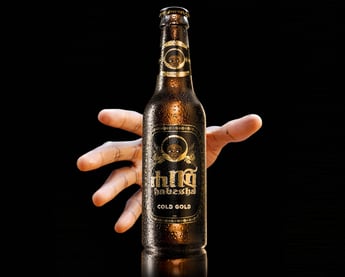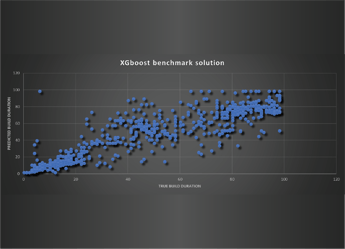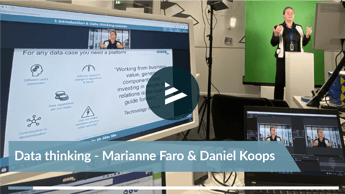For real IoT an end-to-end agile approach is a must
Agile working is becoming increasingly clear to us. Even though we’re still searching for the management model and wondering how we’re going to fit it into our traditional enterprise with its departments, processes and management structures – we are definitely on course. It’s logical, the search for new products and services continues to occupy us. By definition, the process of developing step by step and always reasoning on the basis of consumer experience demands an agile approach.
Within the R&D department, it’s not often that we design a ‘killer app’ on the drawing table. It needs more than that. In fact, it is a search process that covers the full breadth and all aspects of a product or service. Features that really add something to use, security and privacy, and a necessary maintenance concept and it even has to score at least a pass mark with regard to eco concerns.
IoT
The Internet of Things is about thinking up something that has not yet been invented. That is tricky. We are swamped with nice technical building blocks: sensor modules, Linux computers ‘in-the-box’ and assorted bits of software. There’s definitely no shortage in this area. Each bit of hardware communicates via software with other hardware – cars are full of it, for example.
The data persistently filters through the software and hardware. If you are capable to analyze and combine this data into smart features it can lead to a product experience. Or in other words: an ‘experience’ or ‘smart device’. The multitude of building blocks and disciplines, and the complexity of the IoT challenge make agile working a must.
"We talk about DevOps - but seldom do it"
End-to-end agile
When looking at the step-by-step development advancing toward us from the IoT world, we see that a big role is played not just by ‘development’ (Dev), but also by ‘operations’ (Ops). We use the Ops for finding intelligence about how the IoT product is experienced. But what does Ops mean for IoT?
Within traditional IT Ops is still usually a process experience, as is similar in the regular manufacturing industry, where Ops mainly comes down to solving incidents after they have taken place. In the car industry, on the other hand, we see that some major steps have been taken.
With regard to the ‘management process’ of the car, there have been many changes in recent years: much more ‘digital control’ regarding parts and system configuration, as well as insight into malfunctions and symptoms of possible future malfunctions. Prevention is now a hot item and Ops can form the basis for even more ideas.
For example, more integration of the current car experience with our personal travel wishes and experience of transport. From the Ops experiences, we can learn what the next generation of our product could look like. In Ops, the product building blocks are proving themselves, and so we are close to experience thinking, even though Ops implementations often show something different. Without Ops, there is no Dev. An agile approach serves to weld these silos together.
IoT and agile belong together
Agile is still in its infancy. We are still too often concerned with looking at tools, and although we talk about DevOps – we seldom do it. We talk about big data in relation to IoT, but analytics is a world in itself and often remains holistic. IoT is multidisciplinary and averse to silos.
The integral search for effective solutions – or rather ‘experiences’ – requires us to master an endto-end agile approach, through which we make better and better IoT products. All that remains for us is to map out an agile implementation and thus take control of IoT product development.
Click here to read and learn all about Itility Cloud Control — a different approach to IT operations.






